What Demon Slayer Teaches Us About Mental Health and Breathing Techniques—Discover powerful lessons on mindfulness, resilience, and stress relief through the anime’s breathing styles and character journeys.
Learn how to apply these techniques to real-life mental wellness.
Demon Slayer: Kimetsu no Yaiba has captured hearts worldwide with its stunning animation, emotional depth, and memorable characters.
Beyond sword fights and demons, the series embeds meaningful lessons about mindfulness, resilience, and—very importantly—breathing.
If you’re an anime fan, you’ve probably heard of Demon Slayer: Kimetsu no Yaiba. Beyond its breathtaking animation and heart-wrenching storyline, the series offers profound lessons on mental resilience, emotional healing, and the power of breathing techniques—yes, literally.

At its core, Demon Slayer isn’t just about slaying demons; it’s about overcoming inner demons, mastering self-control, and finding strength in the darkest moments. And guess what? Many of these themes translate into real-life mental health strategies.
So, grab your Nichirin Blade (or just a cup of tea), and let’s dive into how Demon Slayer teaches us about mental well-being and the science behind breathing techniques.
If you’re one of millions drawn into the world of Demon Slayer: Kimetsu no Yaiba, you’ve likely marveled at the anime’s breathtaking fight sequences, stunning animation, and unforgettable characters.
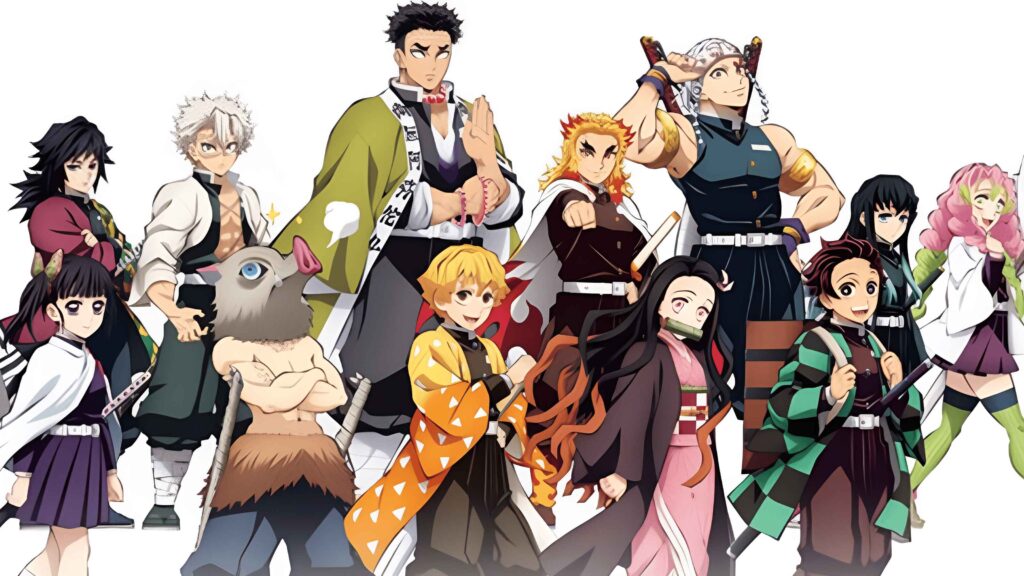
But beneath the supernatural battles and sword-swinging heroics lies a surprisingly potent message about mental health and the science—and art—of breathing techniques.
In a world where stress, anxiety, and high expectations seem ever-present, Demon Slayer gifts us not just escapism, but genuine tools and perspectives for better emotional wellness.
Let’s explore what this modern anime masterpiece can teach anyone—fan or not—about taking control of the mind, healing, and the incredible power of your breath.
The Mental Health Struggles of Demon Slayers
From the very first episode, we see protagonist Tanjiro Kamado thrown into unimaginable trauma: his family is slaughtered, and his sister is turned into a demon. His journey isn’t just about revenge. It becomes a story of:
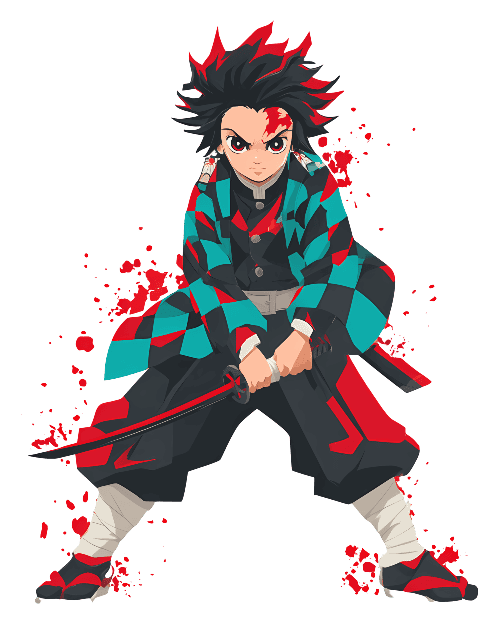
- Coping with loss and grief.
- Navigating overwhelming fear and self-doubt.
- Finding hope and compassion even in darkness.
Tanjiro’s emotional challenges mirror very real human struggles. Whether facing external “demons” or internal ones, the show repeatedly highlights that the greatest battles are often fought within our minds.
“No matter how many people you may lose, you have no choice but to go on living. No matter how devastating the blows, maybe.” — Tanjiro Kamado
Facing Your Demons: Trauma, Grief, and Healing
Tanjiro’s journey begins with unimaginable loss—his family is slaughtered, and his sister, Nezuko, is turned into a demon. Yet, instead of succumbing to despair, he channels his pain into purpose.

Key Mental Health Lessons:
- Acknowledge Your Pain: Tanjiro doesn’t suppress his grief—he cries, he mourns, but he keeps moving forward.
- Find Your “Why”: His mission to save Nezuko gives him strength. In real life, having a purpose (career, family, passion) can be a powerful motivator during tough times.
- Lean on Others: Tanjiro’s allies (Zenitsu, Inosuke, the Hashira) remind us that healing doesn’t happen in isolation.
“Even if you’re scared, even if you’re in pain, you have to keep moving forward.” – Tanjiro Kamado
Real-Life Application:
- Journaling: Write down your struggles and victories (like Tanjiro’s letters to his family).
- Therapy & Support Groups: Just as Tanjiro trains under mentors, seeking professional help is a sign of strength.
- Self-Compassion: Be kind to yourself. Even heroes need rest.
Breathing: The Foundation of Strength—In Anime and Life
One of the unique features that sets Demon Slayer apart is its focus on Breathing Techniques (Kokyū). These aren’t just flashy animations; they’re central to how warriors gain strength, focus, and even superhuman control.
Fundamental styles like Water, Flame, Wind, Stone, and Thunder breathing are the foundation, with other specialized techniques branching from these.
Each style pairs with the user’s personality and emotional state, reflecting a real connection between breath, mind, and performance.
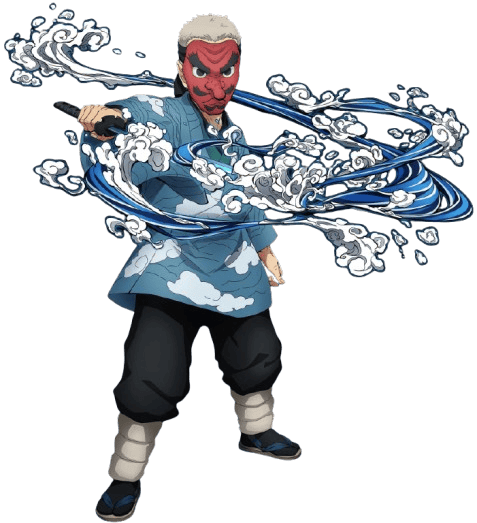
“If you can master Total Concentration Breathing, your body will be strengthened. Your mind will be sharpened. You will surpass your human limits.” — Sakonji Urokodaki
In Demon Slayer, the Breathing Styles (like Water Breathing, Flame Breathing, and Thunder Breathing) aren’t just flashy combat moves—they’re deeply tied to focus, stamina, and emotional control.
Real-Life Connection:
Breathing techniques, such as diaphragmatic breathing and box breathing, are scientifically proven to:
1. Reduce stress and anxiety.
2. Improve focus and mental clarity.
3. Lower blood pressure.
4. Enhance emotional regulation.

“Total Concentration Breathing isn’t just for battle—it’s a way of life.” – Kyojuro Rengoku
How to Practice Demon Slayer-Inspired Breathing
- Total Concentration Breathing (Deep Breathing)
- Inhale deeply through your nose (4 seconds)
- Hold your breath (4 seconds)
- Exhale slowly through your mouth (6 seconds)
- Repeat 5-10 times
- Box Breathing (Used by Navy SEALs)
- Inhale (4 sec) → Hold (4 sec) → Exhale (4 sec) → Hold (4 sec)
Try this next time you feel overwhelmed—it’s like unlocking your own “Breathing Style” in real life!
Total Concentration Breathing: A Lesson in Mindfulness
The anime’s Total Concentration Breathing isn’t just a fantasy—its principles echo those behind real-world practices like mindfulness meditation, yoga, and deep breathing therapy.

In Demon Slayer, these techniques allow users to:
- Control pain and fear under pressure.
- Recover swiftly from physical and mental injuries.
- Sharpen focus and quick decision-making in chaotic situations.
This is mirrored in actual psychology: Deep, conscious breathing reduces the body’s stress hormone (cortisol), calms the mind, and increases emotional resilience.
How to Practice:
- Sit or stand comfortably.
- Inhale deeply through the nose, counting to four slowly.
- Hold your breath for a count of four.
- Exhale slowly (through the nose or mouth), counting to six.
- Repeat for several cycles to calm the body and focus the mind.
Every Warrior Struggles: Facing Your Demons
Each character in the series embodies unique psychological wounds—be it guilt, shame, self-loathing, or the fear of inadequacy.

For example:
- Zenitsu Agatsuma: Paralyzed by anxiety, yet finds courage through sheer will and focus on his breathing.
- Inosuke Hashibira: Raised by boars, he battles feelings of not belonging and channels them into kinetic, beastly breathing styles.
Zenitsu Agatsuma is a walking panic attack—yet he’s one of the most powerful Demon Slayers when he overcomes his fear. Inosuke, on the other hand, is impulsive and aggressive, masking deep-seated loneliness.
What We Learn:
- Anxiety Doesn’t Make You Weak: Zenitsu’s Thunder Breathing is strongest when he stops overthinking.
- Hyperactivity & Emotional Numbing: Inosuke’s reckless behavior stems from childhood trauma—a reminder that anger is often a cover for pain.
“I’m scared… but I won’t run away!” – Zenitsu Agatsuma
Coping Mechanisms Inspired by Them:
- For Anxiety (Zenitsu): Grounding techniques (5-4-3-2-1 method—name 5 things you see, 4 things you feel, etc.).
- For Impulsivity (Inosuke): Mindfulness and delayed response (pause before reacting).
Their journeys remind viewers that acknowledging weaknesses and seeking self-improvement is heroic.
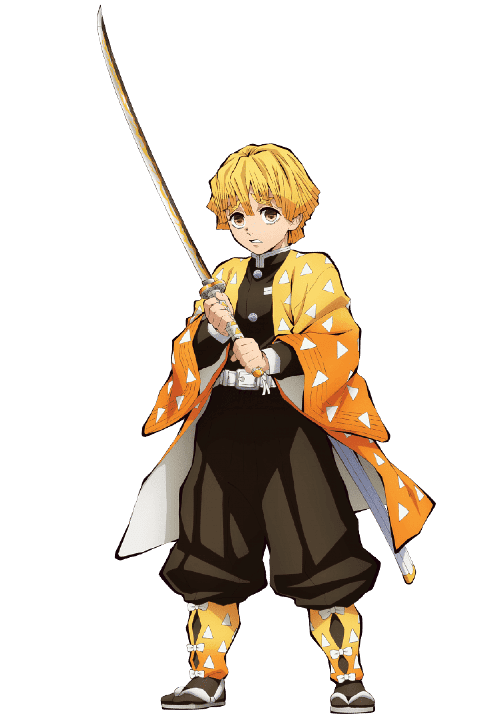
“Don’t ever give up. Even if it’s painful, even if it’s agonizing, don’t try to take the easy way out.” — Zenitsu Agatsuma
Different Breathing Styles—Different Paths to Inner Peace
The show cleverly illustrates that there’s no one-size-fits-all approach to managing stress or trauma.
The Hashira (Pillars) embody peak physical and mental conditioning. But even they struggle:
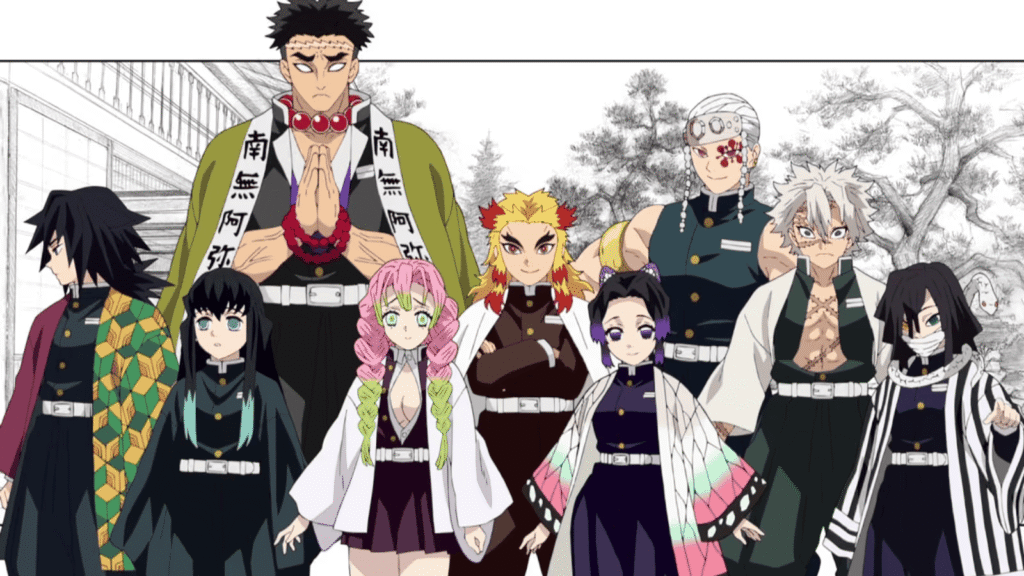
- Giyu Tomioka (Water Hashira): Battles survivor’s guilt.
- Shinobu Kocho (Insect Hashira): Uses kindness to mask deep sorrow.
- Kyojuro Rengoku (Flame Hashira): Teaches us to live with passion, even in uncertainty.
How to Build Hashira-Level Mental Strength:
- Daily Discipline: Small, consistent habits build resilience.
- Emotional Honesty: Like Shinobu, acknowledge your pain instead of hiding it.
- Unshakable Values: Rengoku’s unwavering morals remind us to stand firm in our beliefs.
Just as characters select the breathing style that complements their strengths and needs, each person can find a self-care or grounding routine that works best for them.
| Breathing Style | Anime Function | Real-World Parallel |
|---|---|---|
| Water Breathing | Adaptability, flexibility | Mindful breathing, going with the flow |
| Flame Breathing | Passion, energy | Energizing breathwork |
| Beast Breathing | Instinct, raw emotion | Somatic release, active breathing |
| Thunder Breathing | Speed, heightened alertness | Breath of fire, invigorating techniques |
| Stone Breathing | Grounded, unyielding | Deep belly (diaphragmatic) breathing |
Resilience, Recovery, and the Power of Community
What keeps Tanjiro going isn’t just physical strength. It’s his compassion, his bonds with others, and his refusal to fight alone. In mental health, too, social support is a powerful protector against despair and burnout.
Reaching out, embracing vulnerability, and trusting in your community—be it friends, family, or even a therapist—can make even the heaviest burdens lighter.
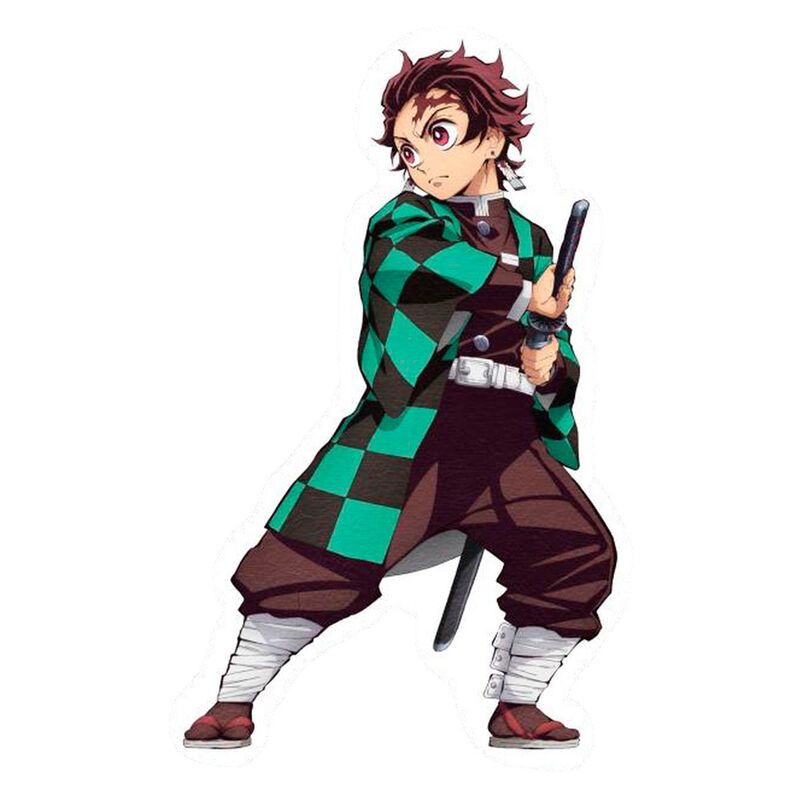
“You have to keep on living, no matter how tough it gets.” — Tanjiro Kamado
Anime-Inspired Breathing Techniques for Stress
Inspired by Demon Slayer, try these practical techniques the next time stress or anxiety strikes:
- Water Breathing (Calm Flow): Visualize a gentle stream with each inhale, letting anxiety wash away as you exhale slowly. Repeat for 1–2 minutes, eyes closed.
- Thunder Breathing (Energy “Zap”): Take 3–5 rapid, sharp inhales followed by one strong exhale. Great for a quick focus boost.
- Flame Breathing (Inner Power): Inhale deeply, visualizing warmth spreading from your core, then exhale while mentally “igniting” confidence within.
Remember: Breathe at your own pace. If dizzy, return to normal breathing.
Mental Health Lessons: Transforming Suffering Into Strength
Demon Slayer doesn’t show its characters magically “curing” their pain. Instead, they learn to accept, integrate, and transform their suffering into something meaningful. This is at the heart of modern mental wellness:
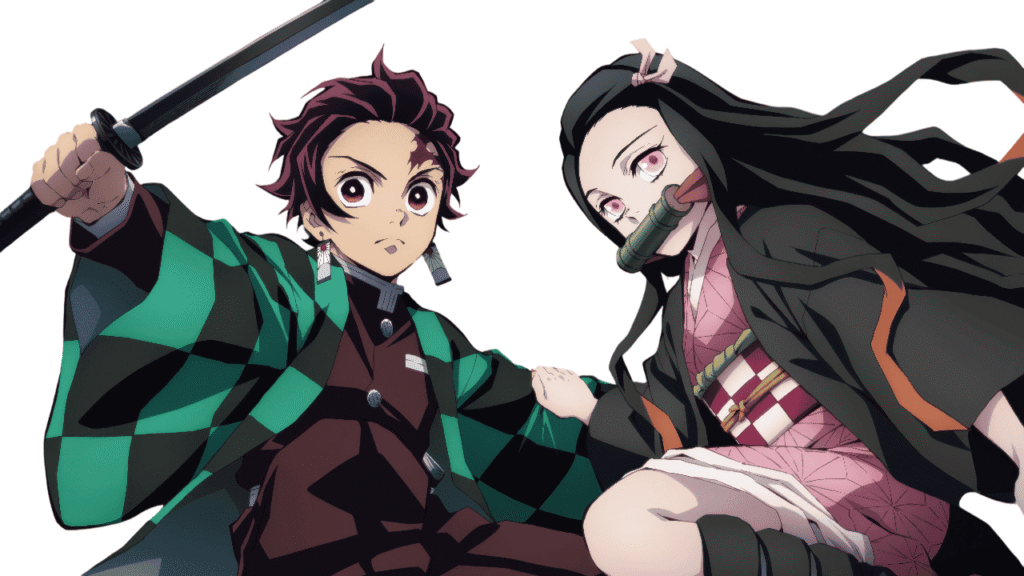
- Acceptance: It’s okay to struggle, fear, grieve, or falter.
- Adaptation: Using coping methods—like breathing, mindfulness, or connection—to move forward.
- Action: Seeking help or practicing self-care when the internal “demons” feel overwhelming.
“The bond between Nezuko and me can’t be severed by anyone!” — Tanjiro Kamado
Daily Routine: Demon Slayer-Inspired Self‑Care
| Time of Day | Practice | Demon Slayer Inspiration |
|---|---|---|
| Morning | 5 min 4‑7‑8 breathing + gratitude journaling | Water Breathing—start calm and centered |
| Midday | 5 min alternate nostril breathing + stretch | Balanced Wind Breathing—recharge |
| Afternoon break | 2 min box breathing before high‑stress tasks | Flame Breathing—focus under pressure |
| Evening | Write or reflect on kindness shown or received | Compassion mindset like Tanjiro |
| Bedtime | 3–5 min deep breathing or guided meditation | A compassionate mindset like Tanjiro |
Real-World Mental Health Benefits You’ll Build
- Reduced anxiety: breathwork calms the fight‑or‑flight response.
- Improved emotional regulation: mindful habits help you pause before reacting.
- Increased resilience: Practicing small wins builds confidence.
- Better sleep: calming breath helps shift into a restful state.
- Enhanced empathy and connection: reflecting on kindness boosts mood and relationships.
What Demon Slayer Teaches Us About Mental Health and Breathing Techniques
Frequently Asked Questions
Q2: Can breathing techniques help with actual mental health issues?
A2: Yes. Deep, conscious breaths activate the body’s relaxation response, help regulate emotions, and are widely recommended by therapists and doctors. They are not a replacement for professional care, but can be a powerful support.
Q3: How can I start using breathing techniques daily?
A3: Set a simple reminder—before meals, after waking, or before bed—to spend 1–3 minutes focusing on slow, even inhales and exhales. Consistency matters more than duration.
Q4. What if I struggle to calm down even when I breathe slowly?
A4: That’s common. Emotion can override technique at first. Be patient—start with short sessions, track progress, and add other supports: journaling, therapy, & physical movement can help you too.
Q5: Can anime help people with mental health?
A5: Absolutely. Positive stories and characters can inspire hope, resilience, and even provide practical coping models. Demon Slayer turns trauma, loss, and anxiety into relatable stories of growth and healing.
Take the First Breath Towards Better Mental Health
Feeling lost? Overwhelmed? Inspired? Wherever you are in your journey, remember:
- Like Tanjiro and Nezuko, you’re not alone.
- Even when the “demons” feel unstoppable, deep breaths and small steps forward can make all the difference.
- Try one breathing technique today—experience its calming effect for yourself.
- And if you need extra help, reaching out is always a strength—not a weakness.
Take a lesson from the world of Demon Slayer: Every breath is a chance to renew, to fight, and—to heal.
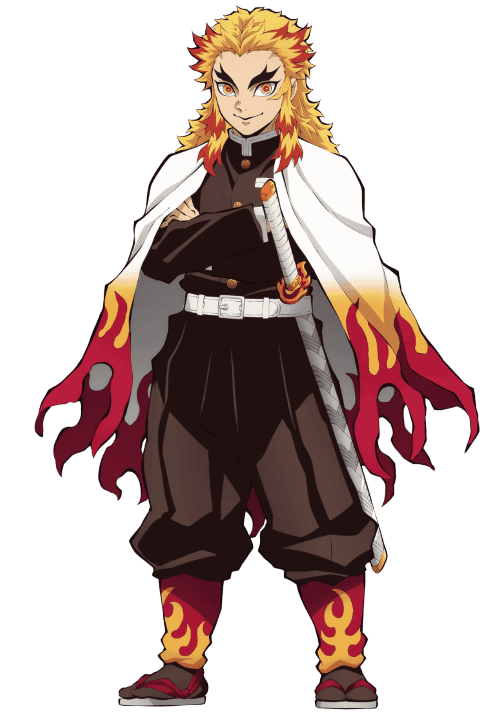
“Set your heart ablaze.” — Kyojuro Rengoku
Author’s Note: Anime isn’t just entertainment—it’s inspiration, resilience, and life lessons. If this article spoke to you, share it with a friend, start a conversation about mental health, and keep breathing—on and off the battlefield.
Other Interesting Posts To Read:
How Goku’s Diet and Workout Routine Can Inspire a Healthy Lifestyle
7 Life-Saving Health Lessons from Naruto’s Ninja Training (Yes, Seriously!)
The 7-Day Challenge to Cultivate Financial Awareness in Your Daily Life
7 Foolproof Ways to Keep Your New Year’s Goals on Track
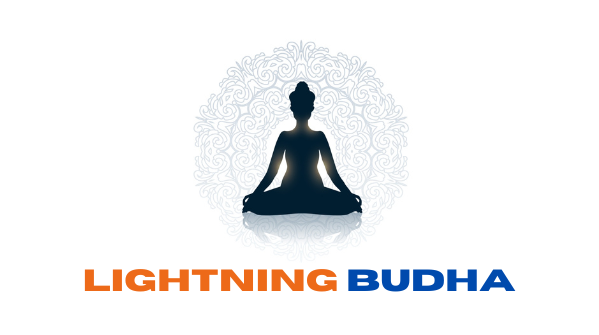
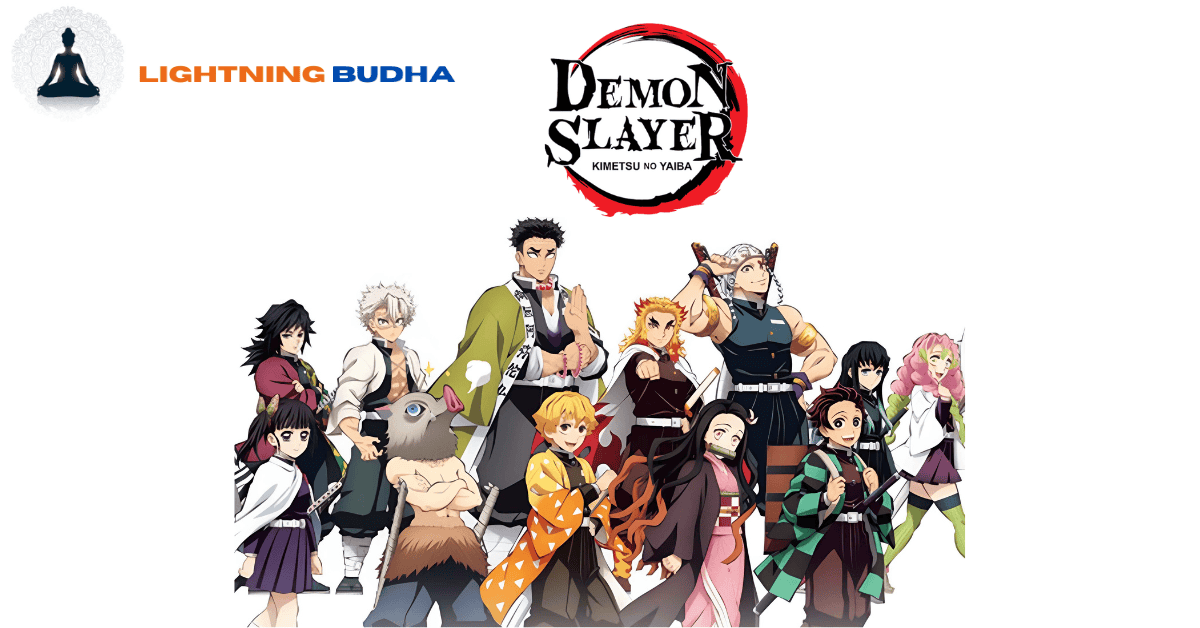
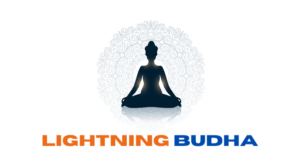
[…] What Demon Slayer Teaches Us About Mental Health and Breathing Techniques […]
[…] What Demon Slayer Teaches Us About Mental Health and Breathing Techniques […]